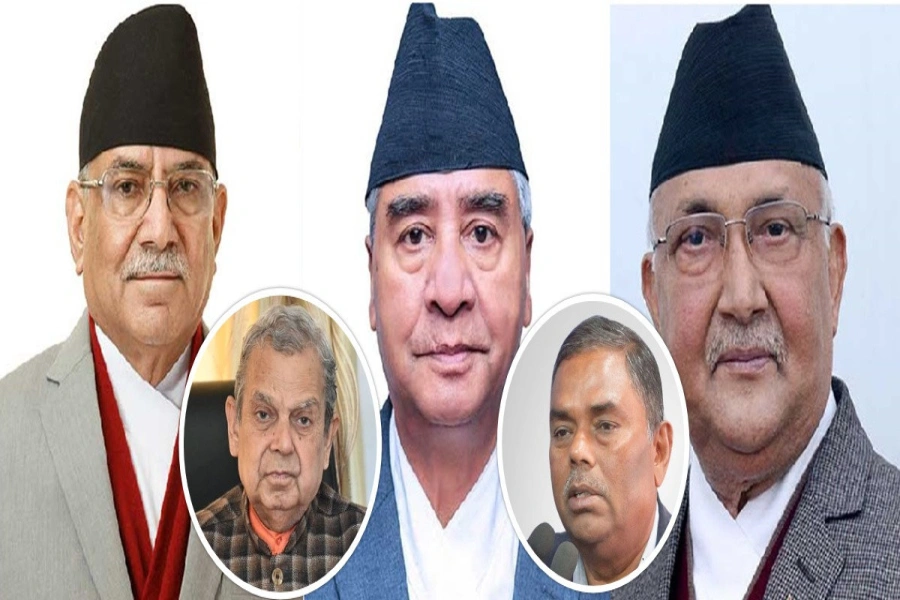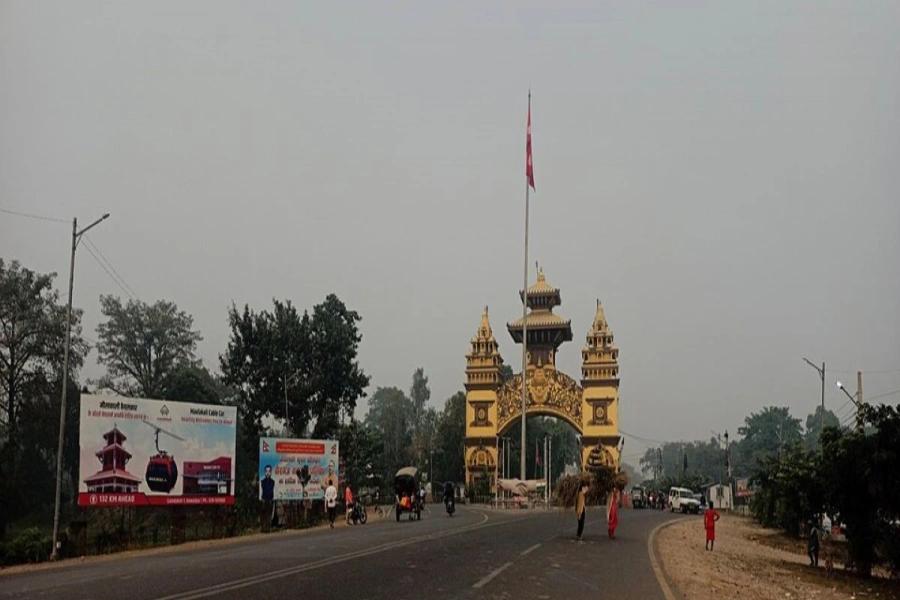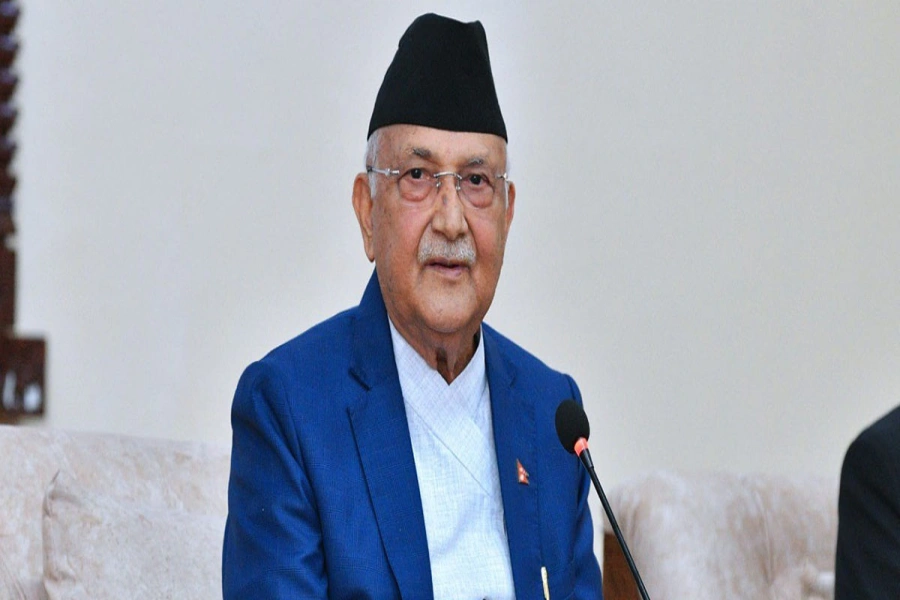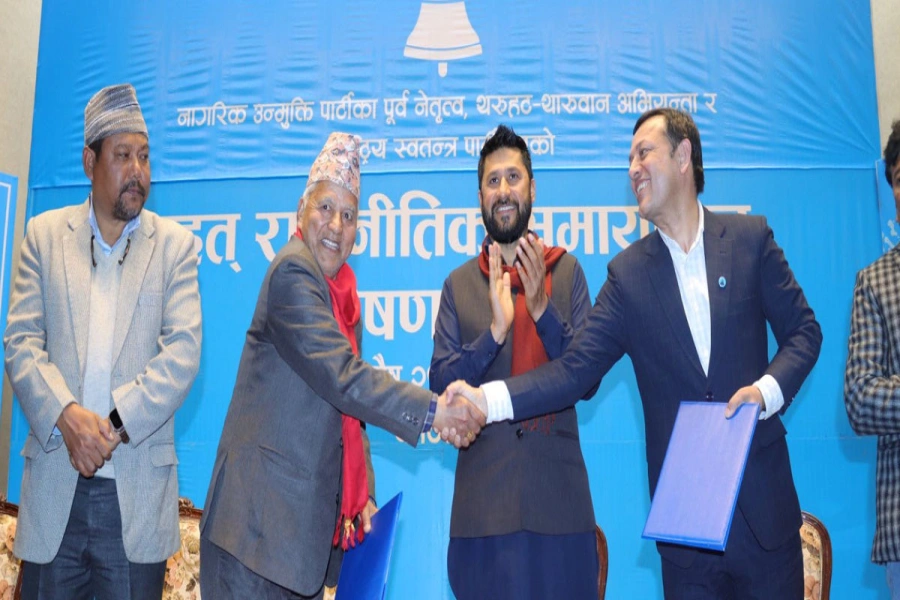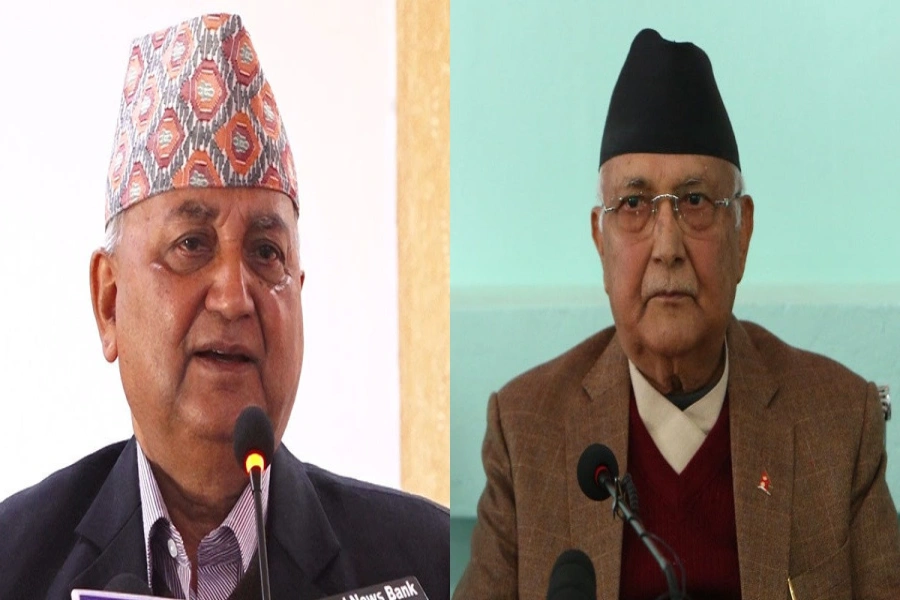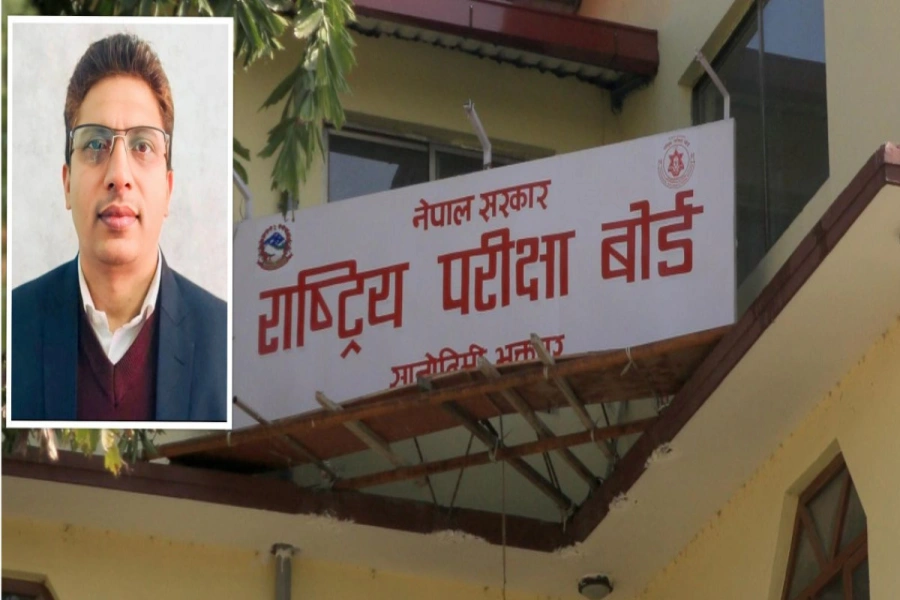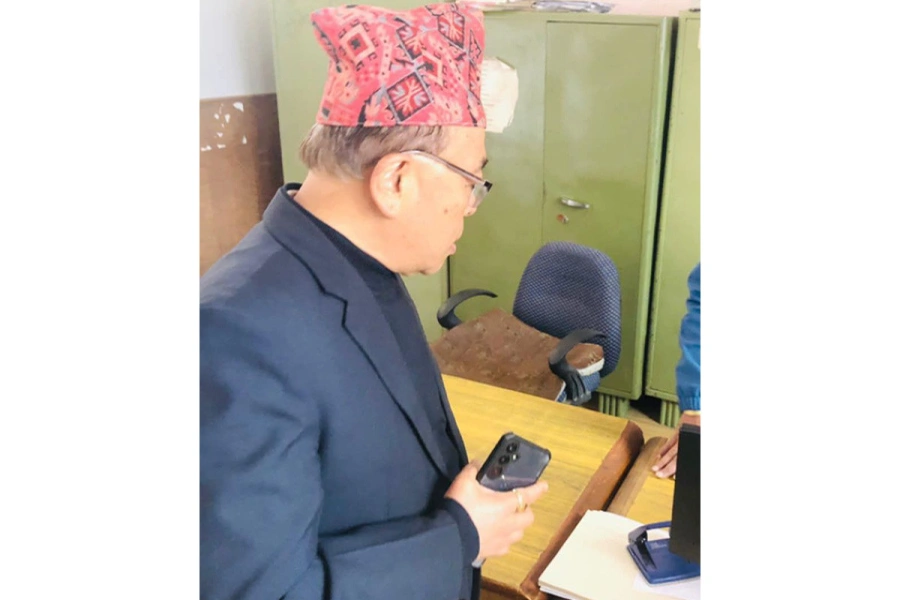Over 50% of students failed to secure any grades in SEE
By the end of 8th grade, most schools stop teaching subjects like music, dance, art, and even sports, the very subjects that stimulate cognitive abilities. Creativity and diverse learning experiences are essential for holistic development.
The Nepali education system is failing. This is an undeniable truth. Of the 464,785 students who took the SEE this year, 242,313 students' results were "non-graded." This means that over 50% of students in the academic year of 2024 have failed to secure any grades. Each SEE candidate was required to attain a minimum of 35% in the theoretical examinations to get their qualifications. The education system is supposed to play a crucial role as a secondary agent of socialization, bridging the gap between the family unit and broader society while shaping the cognitive, emotional, and social development of children and adolescents. However, the current Nepali education system is failing to do so.
A central concern in contemporary Nepali education should be the pressure and stress placed on students. High school students often experience stress levels comparable to adults, largely due to academic pressures such as standardized testing and competitive grading systems. This often leads to anxiety disorders, depression, and physical health issues among youth. Many students today complain of feeling "academic burnout." In addition to the physical burdens of carrying heavy bags and the inhumane restriction of basic bodily functions (drinking water or urinating), the pressure amplifies the declining mental health of youths today. This pressure is further exacerbated by the internet and social media, where students often compare their successes with each other through posts and stories built on exaggerations. All of this becomes a major obstacle preventing students from doing exactly what they must—score high on the exams.
Revised interest rate corridor system introduced
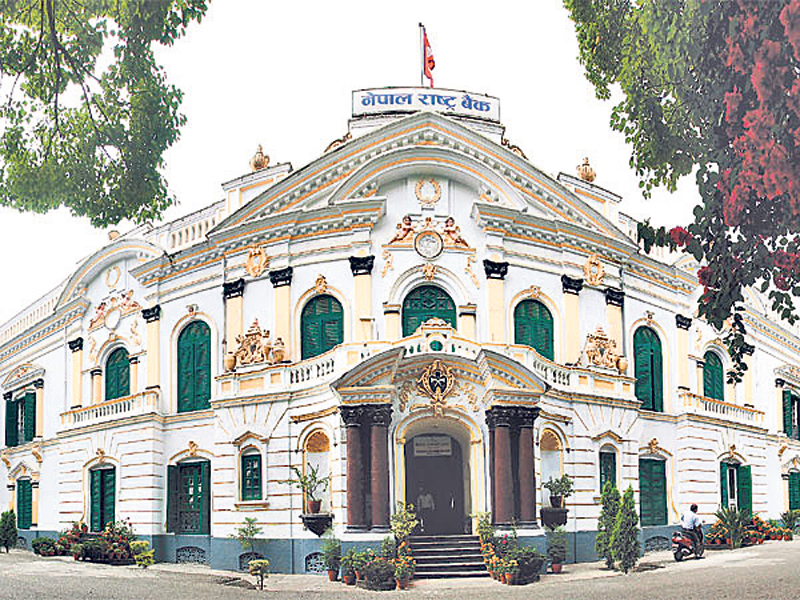
Addressing the issue of overwhelming pressure and stress among Nepali students requires the system to adopt an approach prioritizing both academic achievement and student well-being. Educational policies should be revised to reduce reliance on high-stakes testing and competitive grading systems, which contribute to student anxiety. Assessment methods should reflect the actual nature of learning, evaluating students' abilities beyond rote memorization. Lessons should be designed to develop critical thinking and analysis to ensure students retain information in their long-term memory while being freed from the burdens of memory-based testing.
Schools should implement mental health programs that provide accessible counseling services and promote awareness about stress management techniques among students. In the UK, PSHE (Personal, Social, Health, and Economic education) is a compulsory part of their education. Such a subject would teach students essential lessons outside the typical syllabus, such as personal finance, mental well-being, and media literacy. Educators play a significant role in creating a supportive learning environment by encouraging open communication, understanding individual student needs, and promoting a balanced approach to academic and personal development. Collaboration with parents and communities is also crucial in reinforcing these efforts through regular parent information sessions and discussions.
Another critical issue is the narrowing of the curriculum, which sidelines creative pursuits in favor of rote learning. Subjects like art, music, and physical education are marginalized compared to subjects like mathematics and language arts. By the end of 8th grade, most schools stop teaching subjects like music, dance, art, and even sports, the very subjects that stimulate cognitive abilities. Creativity and diverse learning experiences are essential for holistic development. The reliance on memorized theoretical knowledge is highly unpragmatic and limits the cognitive growth of students. Creativity has a high correlation with both academic success and emotional well-being in students. The current Nepali system's emphasis on memorization stifles creativity and restricts students' opportunities for self-expression, inflicting grave consequences on their ability to innovate, problem-solve, and adapt to challenges later in life.
Successful implementation of curriculum reforms requires supportive policies at both national and local levels. Countries with comprehensive arts education policies and funding commitments demonstrate higher levels of student participation and achievement in creative subjects. This is evident in countries like Finland, where arts education policies are guided by the National Core Curriculum for Basic Education. Subjects like music, visual arts, and drama are integrated into the core curriculum from early childhood through secondary education, effectively fostering creativity, critical thinking, and overall academic achievement among Finnish students. Nepal could learn from the successes of other education systems.
While the education system should be pivotal in shaping social and emotional development, there is a notable deficiency in promoting social-emotional learning (SEL). SEL helps to instill critical skills such as self-awareness, empathy, and responsible decision-making, crucial for positive relationships and emotional resilience. Students exposed to SEL programs have improved social behavior, academic performance, and mental health outcomes. Many schools in Nepal allocate inadequate resources and time to SEL initiatives, prioritizing academic metrics over holistic development. This imbalance exacerbates issues like bullying, social isolation, and poor mental health among students, particularly those grappling with interpersonal challenges.
The Nepali education system perpetuates disparities that significantly impact marginalized youth. Inequalities in educational resources, opportunities, and outcomes are based on socioeconomic status, gender, ethnicity, and geographic location. Students from disadvantaged backgrounds often attend underfunded schools with fewer qualified teachers, outdated facilities, and limited access to extracurricular activities and advanced coursework. This systemic inequity creates a cycle of disadvantage, diminishing children's self-esteem, aspirations, and long-term educational and career prospects.
To address the limitations in our education system, we must first ensure economic stability within our country. Implementing social welfare programs by the government to aid schools in rural areas, such as the villages of Karnali Province, is essential. Rather than only amending the curriculum, Nepal needs to look at other factors within the classroom that affect educational achievement, including the food schools provide, the stationery students use, and the transportation accommodations for children who do not live nearby. Schools often give out the same uniform for every student to create the facade of equality, but uniformity in appearance is meaningless if different uniforms have different ranks. A private school uniform will always seem more prestigious than a government school’s. Similarly, students who have to travel long distances to get to school lose precious time, while those who can afford better transportation or live in boarding schools have an advantage over their less fortunate peers. It is essential to standardize the education experience so that all Nepali students can take the SEE on truly equal footing.
In essence, while the education system strives to nurture intellectual growth and prepare youth for future endeavors, its reliance on rote memorization and neglect of critical thinking limits its positive impact. Therefore, the Nepali education system has failed. Issues such as excessive pressure and stress, the marginalization of creative education, insufficient social-emotional learning opportunities, and systemic inequalities collectively limit the educational achievement of youth today. One hopes to see a future where Nepal’s education system addresses these issues and becomes a place with true equality of opportunity for all students, where the youth can thrive and learn to think critically, pragmatically, and creatively without being forced to memorize every formula, grammatical and mathematical alike.




